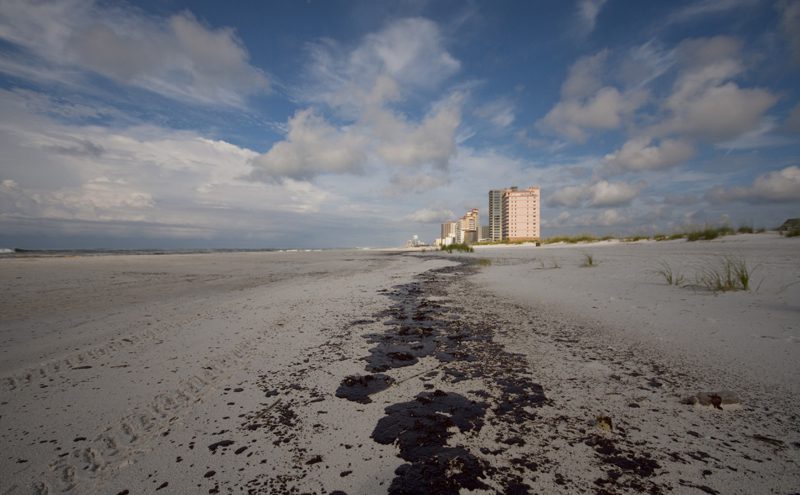
Environmental and civil engineering consultancy HR Wallingford is one of a team of six research institutions led by Florida State University (FSU) which has been awarded a $2.8 million grant to expand our understanding of how the 2010 Deepwater Horizon oil spill affected the ecology of the Gulf of Mexico.
Prof Eric Chassignet, director of FSU’s Center for Ocean-Atmospheric Studies (COAPS), will lead the team of scientists who will use the grant from the Gulf of Mexico Research Initiative to study the role that microbes play in determining the fate of oil and its impact on marine ecosystems.
The Consortium for Simulation of Oil-Microbial Interactions in the Ocean (CSOMIO) is an interdisciplinary team brought together by the project’s Scientific Director at FSU, Dr Steve Morey. Consisting of experts in physical oceanography, ecology, biology, chemistry and marine sediments, the group will investigate how microbes influence the biodegradation and accumulation of petroleum in the water column and marine sediments of the deep ocean and shelf.
When the 2010 spill occurred, an estimated 130 million gallons of oil flowed into the Gulf of Mexico from a damaged well below the Deepwater Horizon platform. Scientists and emergency personnel scrambled to predict where the released oil would go and how it would affect the circulation, ecology and biogeochemistry of the Gulf. Florida State University has been at the forefront of this work, studying the area to understand the Gulf of Mexico circulation, ecology, and biogeochemistry, and how the spill affected marine life.
Prof Andrew Manning from HR Wallingford said: “One of the key issues is to understand how oil is transported through the waters, and the deep ocean and shelf, and this requires understanding of how oil interacts with the natural process of flocculation – that is, the clumping together of the most mobile fine sediment particles or ‘flocs’ – and, in particular, the rate at which these flocs settle to the seabed. In order to develop numerical models of how oil affects this fine sediment transport, it is vitally important to understand more about the flocculation process itself, including its sensitivity to turbulence, particle concentration, floc size and the role of organic content.”
HR Wallingford will be measuring the properties of natural and oil-affected floc in situ using a unique floc camera system known as the LabSFLOC system. The floc camera was developed by Prof. Manning and utilizes a low-intrusive, high magnification video camera to observe flocs as they settle.
The team of research institutions also includes Texas A&M University, the University of Delaware, the University of Maryland and the Virginia Institute of Marine Science. Scientists from the six institutions will use recent model developments, and results from field- and laboratory-based microbial and sediment studies, to develop simulations to investigate the impacts of potential future oil spills under different scenarios and conditions (temperatures, oxygen levels, particulate matters and transport).
Prof Eric Chassignet, Director of FSU’s Center for Ocean-Atmospheric Studies, said: “It is critical to have the ability to predict the eventual fate of oil and its impact on ecosystems because toxic oil constituents pose unknown threats to organisms, many of which are harvested in the Gulf for human consumption. There’s also a greater likelihood of large spills in the future due to oil and gas extraction activities taking place over the shelf and increasingly in deep water.”
Prof Richard Whitehouse, HR Wallingford Chief Technical Director in Sediment Dynamics, said: “We are delighted to be able to contribute our specialist know-how on sediment transport and deposition processes to the cross-disciplinary expertise of the FSU-led consortium. I believe this new research will play a crucial role in working to address this important ecological problem.”






